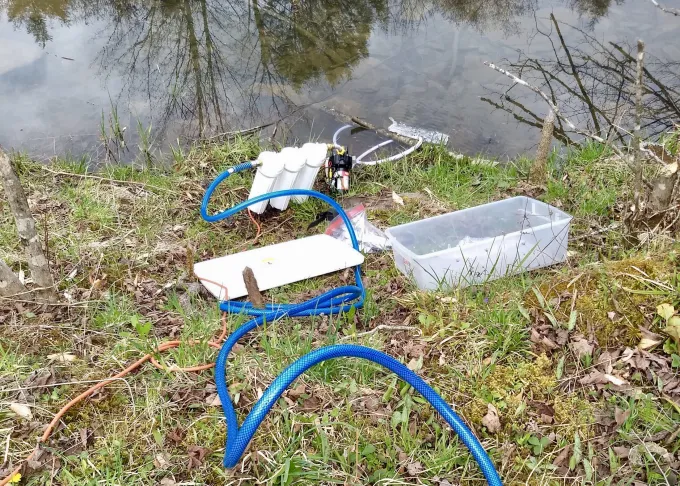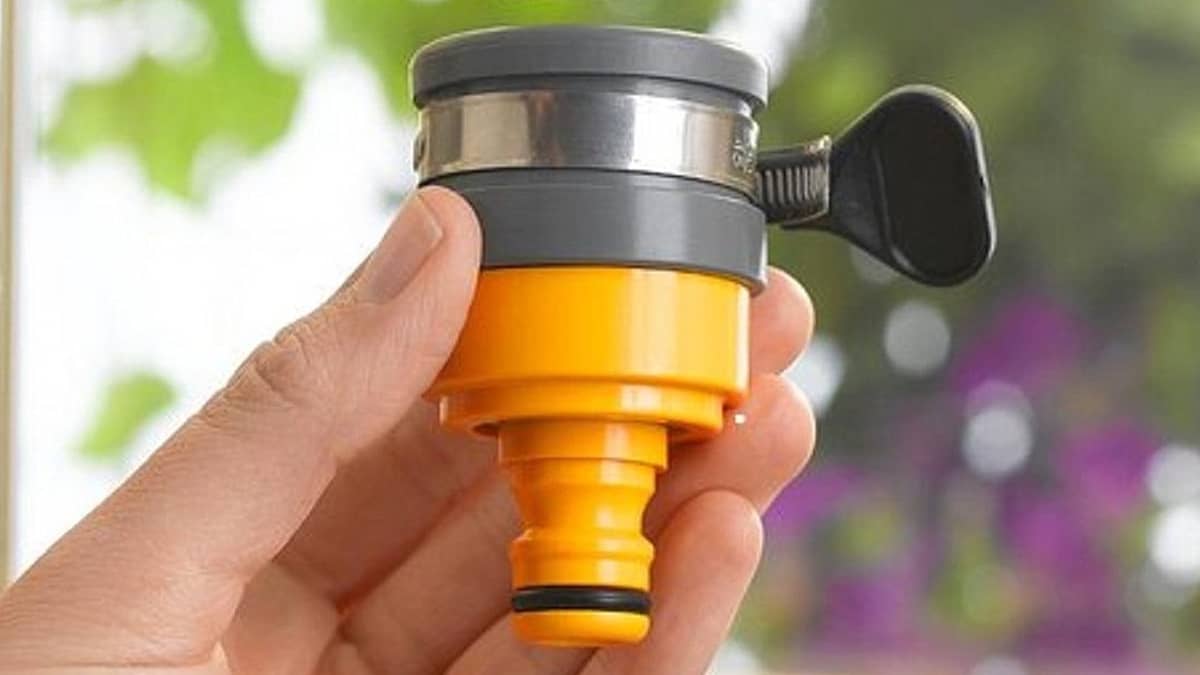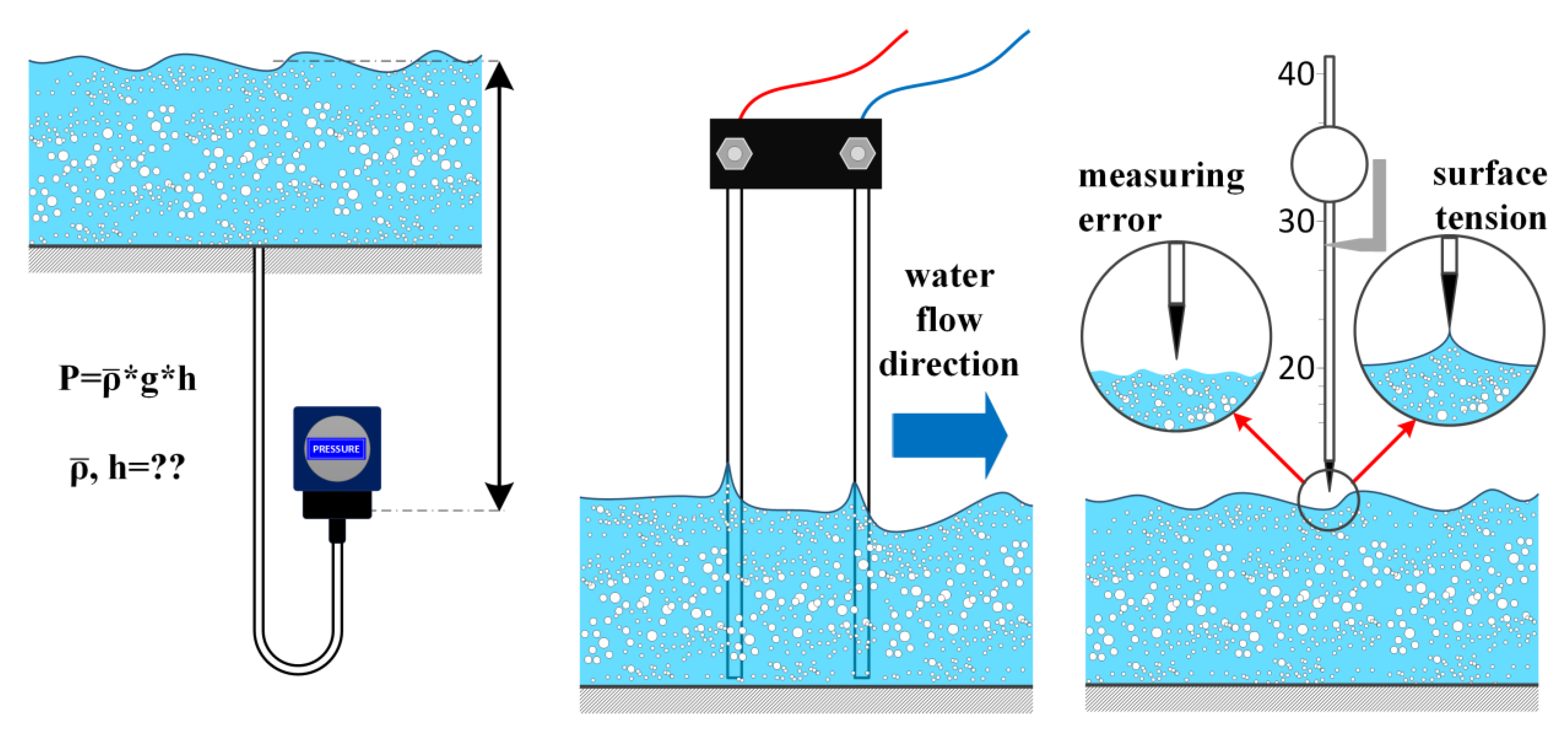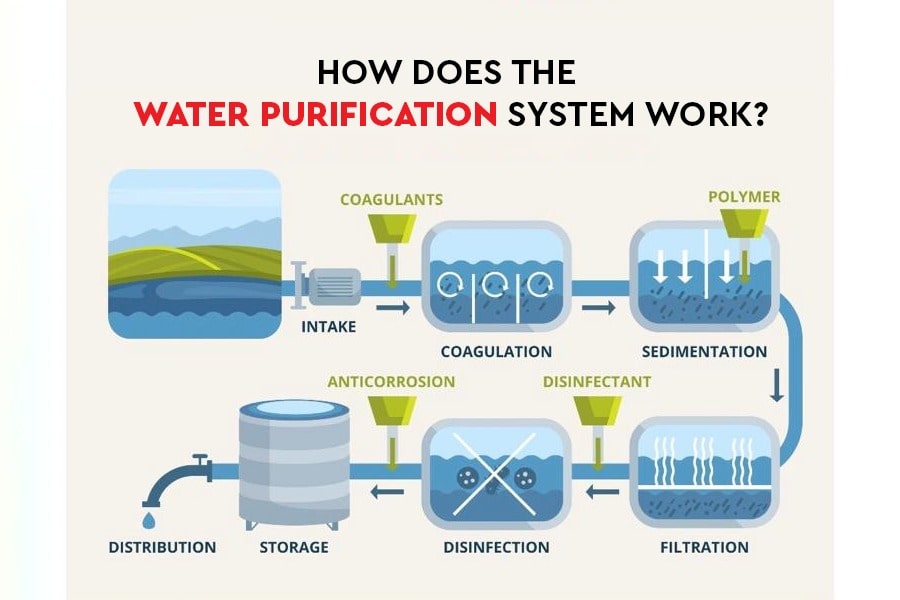Crafting Your DIY RV Water Filter System
Water Filter Housing
Purchase a water filter housing. These are typically available in various sizes and materials. Choose one that fits your RV’s water system and is compatible with standard water filter cartridges.
Water Filter Cartridge
Select a high-quality water filter cartridge based on your water source and filtration needs. Common types include sediment filters, carbon filters, and combination filters. Ensure it can handle the flow rate of your RV’s water system.
Hose Fittings
Get hose fittings compatible with your water filter housing. You’ll need fittings for both the inlet and outlet sides of the housing.
Teflon Tape
Use Teflon tape to secure a watertight seal on the threaded connections. Wrap the tape around the threads in a clockwise direction.
Hose Clamps
Have hose clamps on hand to secure the hoses to the fittings and prevent leaks.
Activated Carbon Media
If your water source has a taste or odor issue, consider adding activated carbon media to the filter. This step is optional but can enhance the taste and quality of your water.
Steps
Choose the installation location.
Select a convenient and accessible location for installing the water filter system. Common locations include the water inlet before it enters the RV or near the water pump.
Prepare the water filter housing
Install the filter cartridge into the housing according to the manufacturer’s instructions. Ensure the cartridge is seated properly and the housing is tightly closed.
Install hose fittings
Attach the hose fittings to both the inlet and outlet ports of the water filter housing. Use Teflon tape to create a tight seal.
Connect to the water source
Connect one end of a hose to the water source and the other end to the inlet side of the water filter housing. Use hose clamps to secure the connections.
Connect to the RV Water System
Attach another hose to the outlet side of the water filter housing and connect it to the RV’s water inlet. Again, use hose clamps to ensure a secure connection.
Flush the system
Turn on the water supply and let the system flush for a few minutes. This helps remove any initial loose particles from the filter cartridge.
Monitor and replace filters:
Regularly monitor the water filter’s condition and replace the cartridge as recommended by the manufacturer or when you notice a decrease in water flow.
Gathering Materials and Tools
Creating an effective water filter system requires the right components. From activated carbon filters to food-grade hoses, assembling the necessary materials ensures your system functions optimally. Dive into your project armed with a detailed list of items for a seamless experience.
Understanding the Water Flow
Before diving into the construction, grasp the flow of water in your RV. Identify the entry point and consider factors like pressure and temperature. This understanding will guide you in placing the filters strategically, ensuring maximum efficiency in water filtration.
Designing the Filtration Setup
In this section, we’ll delve into the specifics of the filtration setup. From the placement of sediment filters to the integration of carbon filters, design your system to eliminate impurities effectively. LSI keywords like “RV water purification” and “water filtration design” seamlessly blend into crafting a comprehensive setup.
Assembling Your DIY Water Filter
Detailed step-by-step instructions on assembling the components into a functional water filter system. Navigate through this process with ease, utilizing LSI keywords naturally in subheadings like “Connecting Hoses” and “Installing Filters.”
Testing and Troubleshooting
No DIY project is complete without thorough testing. Understand how to check the efficiency of your water filter system and troubleshoot common issues. “Ensuring Proper Water Flow” and “Identifying Leaks” become integral subheadings, offering insights based on personal experiences.
How to Make a DIY RV Water Filter System
Identifying the Right Filter Media
Selecting the appropriate filter media is pivotal. Dive into options like ceramic, carbon, and sediment filters, exploring the benefits each brings to your DIY water filtration system. This section enhances your expertise on filter media selection.
Integrating UV Purification
Enhance your water filter system with UV purification. Shed light on the significance of this additional layer of protection against harmful microorganisms. Utilize LSI keywords such as “UV water sterilization” to enrich the content and appeal to search engine algorithms.
Maintaining Your DIY Water Filter System
Every RV enthusiast understands the importance of maintenance. Explore the best practices for keeping your water filter system in top-notch condition. “Cleaning Filters” and “Replacing Components” are indispensable subheadings, that offer valuable insights.
FAQ
Can I use regular household filters for my RV water system?
Absolutely! Many standard filters work well for RVs. Ensure they meet the required specifications for optimal performance.
How often should I replace the filters in my DIY system?
Filter replacement frequency depends on usage and water conditions. Generally, aim for every three to six months for consistent water quality.
Is a UV-purification system necessary for RV water filtration?
While not mandatory, UV purification adds an extra layer of protection, especially when sourcing water from diverse locations during travel.
What are the common issues faced with DIY RV water filter systems?
Common issues include clogs, leaks, and reduced water flow. The troubleshooting section provides insights into addressing these challenges.
Are there any specific regulations for DIY RV water filter systems?
Regulations may vary, but generally, ensure your DIY system complies with health and safety standards. Research local guidelines for added assurance.
Conclusion
Crafting your DIY RV water filter system is a rewarding endeavor. With this guide, you not only gain valuable insights into the construction process but also ensure a safe and reliable water supply during your travels. Take control of your RV experience, one filter at a time.




:max_bytes(150000):strip_icc()/installing-a-reverse-osmosis-system-2718849-hero-4b9b0d7bbd3941eeb12d23d3ebd7296b.jpg)
/dishwasher-drain-hose-connections-2718613-09-3f63c303030749e9985b75df021aeeb6.jpg)





Average Rating